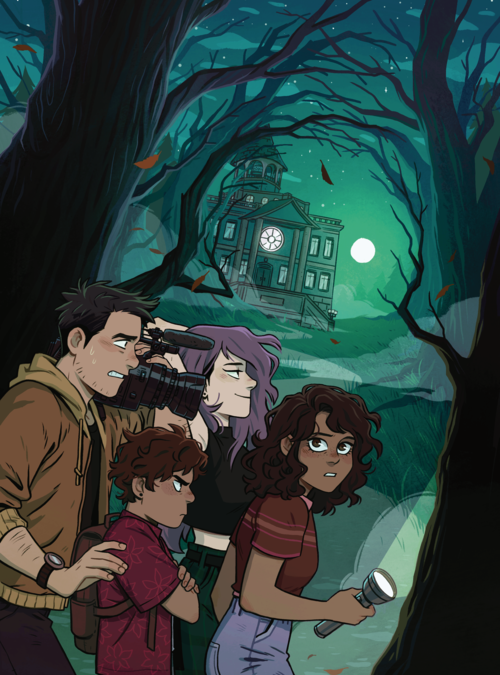
by Michele Kirichanskaya | Mar 5, 2025 | Blog
Bowen (Bones) McCurdy is a 28-year-old queer cartoonist. She’s been creating comics since she was 13, and very happily made it her career. Her favorite genres to work with are horror and romance, so most of her work is a combination of the two. She has worked with...
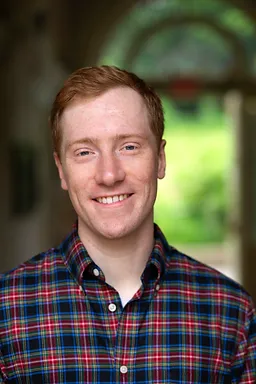
by Chris Allo | Apr 20, 2024 | Blog
Greetings All, Chris Allo here with another queer creator spotlight this time with Graphic novelist-Jonah Newman Jonah is a cartoonist and editor. As an editor at Graphix, Scholastic’s graphic novel imprint, he has worked with Dav Pilkey, Jamar Nicholas,...
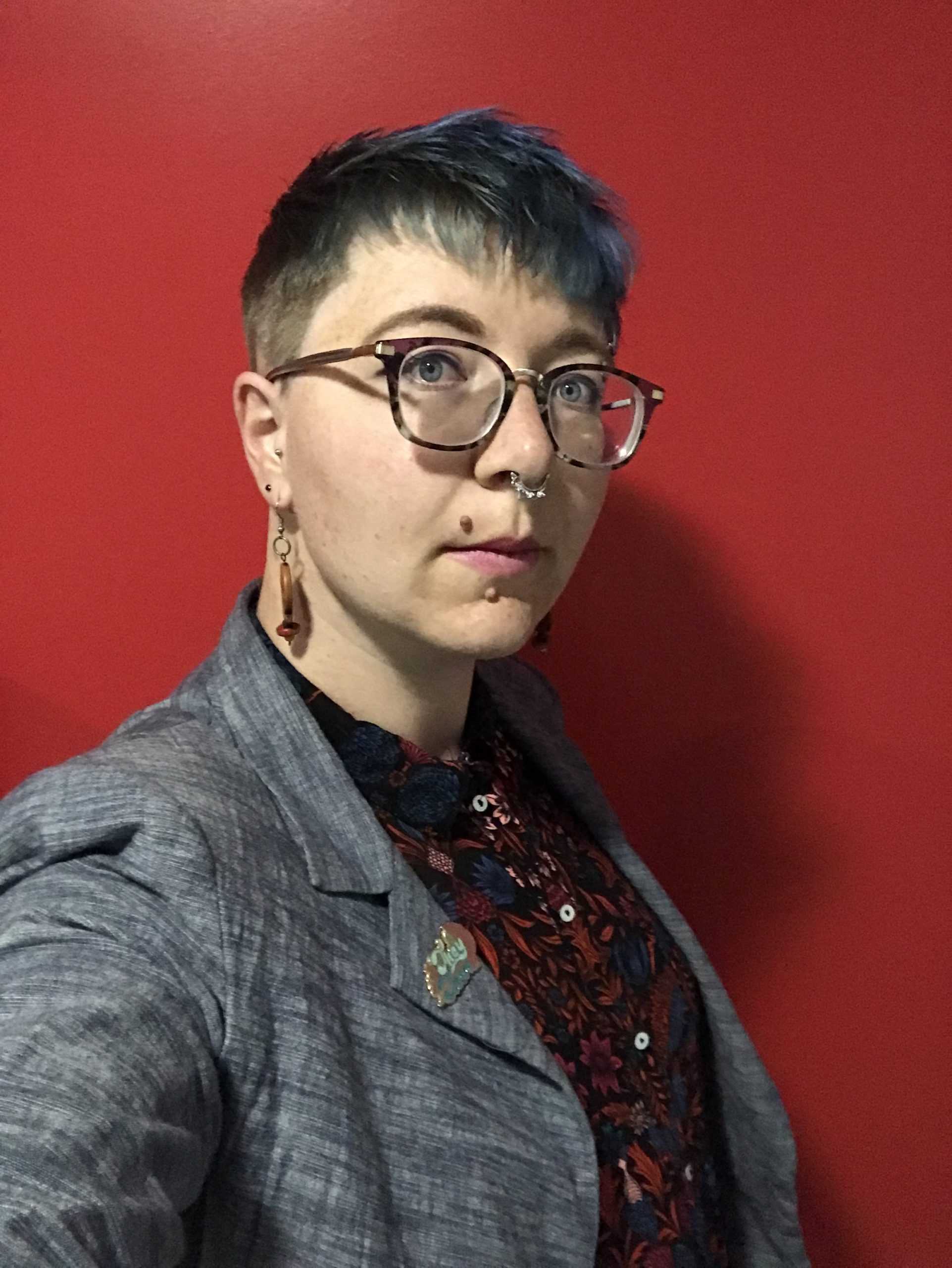
by Michele Kirichanskaya | Mar 9, 2023 | Blog
Melanie Gillman is a cartoonist and illustrator who specializes in LGBTQ books for kids and teens. They are the creator of the Stonewall Honor Award–winning graphic novel As the Crow Flies and Stage Dreams. In addition to their graphic novel work, they teach in the...
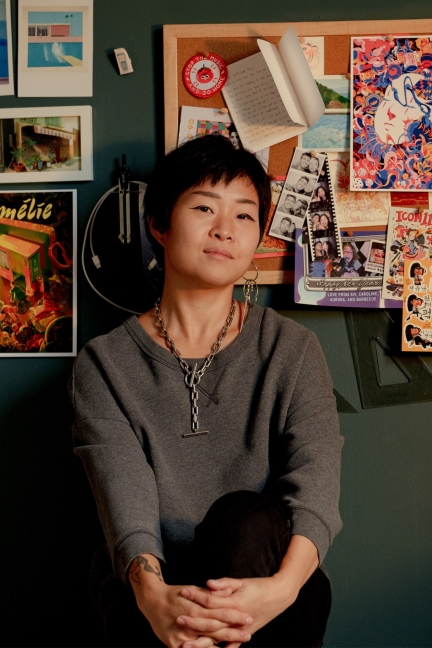
by Michele Kirichanskaya | Mar 5, 2023 | Blog
Deb JJ Lee is a Korean American artist currently living in Brooklyn, NY. They have appeared in the New Yorker, Washington Post, NPR, Google, Radiolab, PBS, and more. Books they have illustrated include The Invisible Boy by Alyssa Hollingsworth (Roaring Brook Press,...
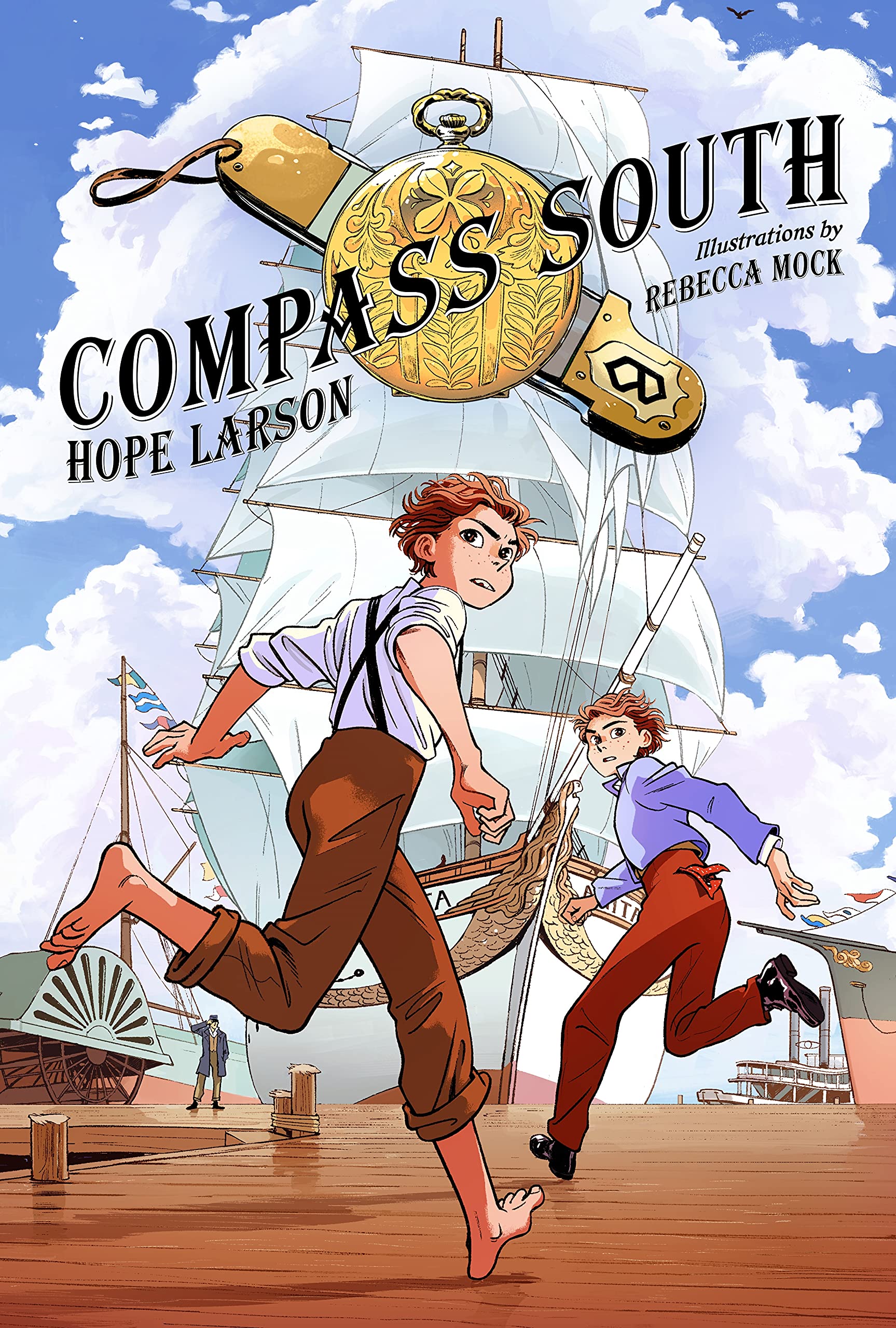
by Michele Kirichanskaya | Dec 31, 2022 | Blog
Hope Larson is the author of All Summer Long, which was a Kirkus Reviews Best Book of 2018 and an Eisner Award Nominee, as well as the recently published sequel, All Together Now. She also adapted and illustrated A Wrinkle in Time: The Graphic Novel, which spent...






